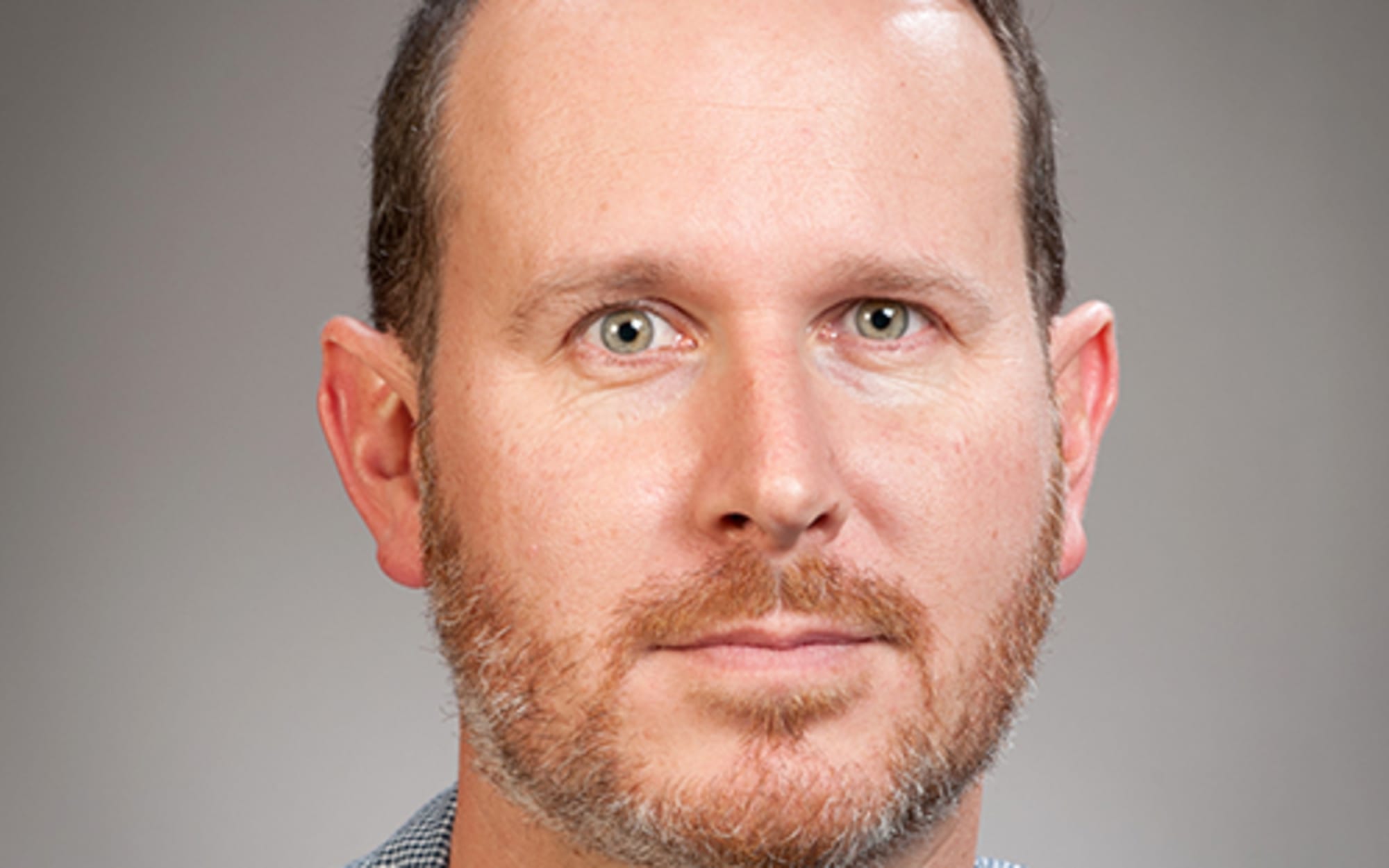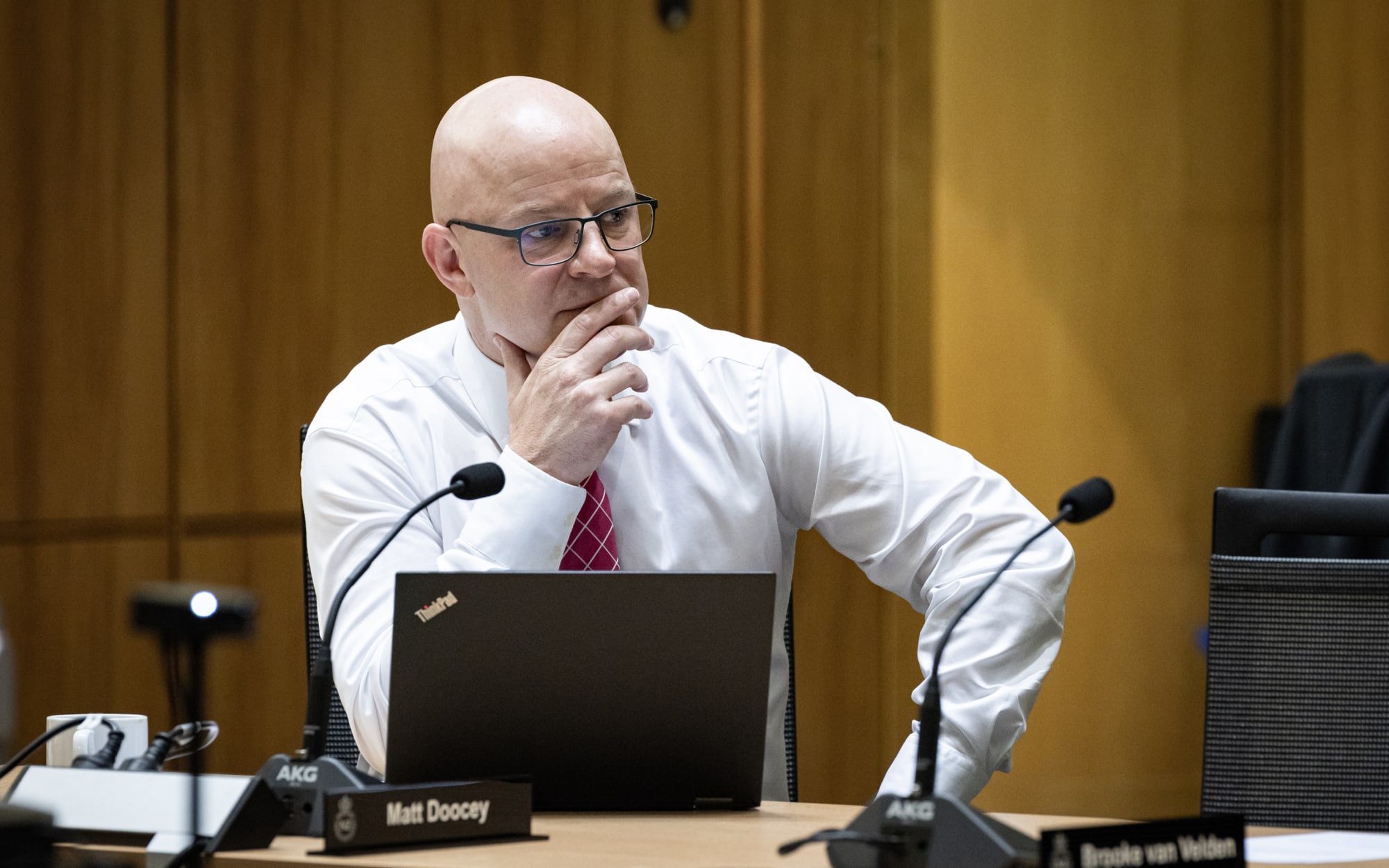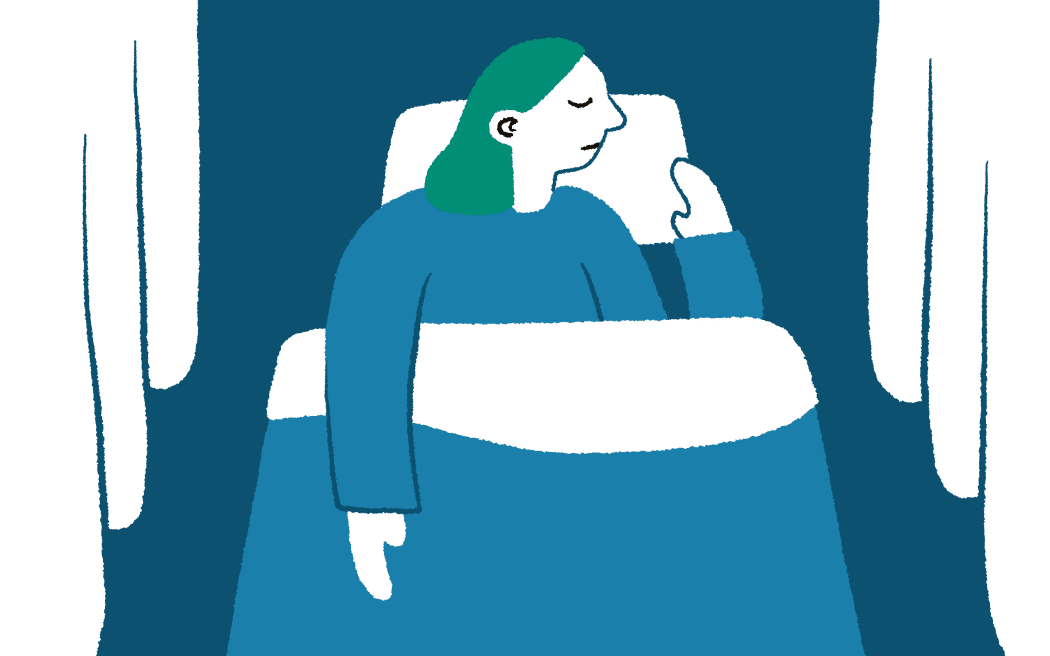When an historic $2b went into mental health, it fell into a workforce with no plan and not enough people to meet a “tidal wave” of demand for help.
The October warning to outgoing Health Minister Ayesha Verrall was clear: “Ongoing systemic workforce shortages” are putting Labour’s $2 billion mental health package at risk.
“Sustained focused attention on recruitment and addressing workforce challenges is required.”
Māori and Pacific services in particular, as well as the $100m earmarked for specialist mental health services announced in Budget 2022, are at risk, the Cabinet Paper states.
It’s a warning on repeat. Nearly every mental health briefing to Health Ministers over the last few years warns of workforce shortages.
The 2018 Inquiry into Mental Health and Addiction identified workforce shortages as needing urgent attention, though alarm bells were sounding way before then. In the years since, the demand for mental health services has soared, but so has the rate of psychiatrists and psychologists leaving the public sector.
Why is this still an issue?
An RNZ investigation into the outcomes of an historic investment in mental health finds:
* Despite growth in the mental health workforce, the growing demand for help sees the country short by several hundred psychologists and psychiatrists.
* The historic $2b investment in mental health was implemented alongside an old workforce plan described as “too high level”.
* An expanded internship scheme for clinical psychologists has become “completely unworkable” as a result of an ACC rule change.

Photo: RNZ
State of the workforce
In 2017, it was estimated that the 359 full time psychologists working for district health boards needed to double to meet rising demand. Now, more than 1000 are needed today to fill critical roles in primary and secondary care, says College of Clinical Psychologists spokesman and advisor Paul Skirrow.
The picture is the same all across the sector. While the workforce has grown more than 10 percent since 2018, the vacancy rate has nearly doubled to 11 percent between 2018 and 2022.
Psychiatrists - the medical experts who can prescribe medication and make diagnoses - are in short supply. New Zealand has one of the lowest rates of psychiatrists per population in the OECD - only 15 per 100,000. Australia and the United Kingdom have 20 per 100,000.
With a median age of 55, many are due to retire in the coming decade, says Royal Australian and New Zealand College of Psychiatrists chair Dr Hiran Thabrew.
“We have about 40 to 50 new trainees a year but that’s barely enough to keep up with the existing retirement. We are looking at a significant shortfall if we don’t increase recruitment now while we have enough supervisors to actually train those people.”
He says there is currently capacity to train an additional 12 psychiatry trainees each year. The college has asked the government for $60 million over six years to do this, but to no avail, says Thabrew.
Burnout among clinicians has resulted in more staff leaving the public sector, he says, while 94 percent of psychiatrists in a recent survey said current resources are insufficient and the system is so strained it’s making patients worse.
“You want to look after people and you are trained to do the things that work…and then you’re in a situation where you’re working in a very crisis driven reactive manner, and not being able to provide the care that you know people deserve.
“Not being able to provide that actually leads to clinicians becoming burnt out and them feeling they cannot make a difference, and they leave. That’s a big worry.”
Read more from RNZ’s investigation into spending on mental healthcare:
* What ever happened to the $2 billion that was poured into mental healthcare?
* The huge mental health scheme gives with one hand, takes with another
* Tomorrow: The rolling crisis in youth mental health
In search of a decent plan
Almost as familiar as the warnings about workforce shortages are the calls for a proper strategy to address it.
When the previous Labour Government started rolling out its $2b package to address mental health, it happened within the terms of a mental health and addiction workforce strategy that was developed two years before any of the reforms were even considered.
The strategy - for 2017-2021 - was too high level and lacked implementation details, says Mental Health Foundation chief executive Shaun Robinson.
That’s why, says Robinson, the single biggest item in the package collided with a huge workforce problem. The $664m ‘Access and Choice’ scheme was heavily staffed with people taken from the existing health sector.
Former Minister Andrew Little admitted to RNZ the scheme “cannibalised” staff and the Mental Health and Wellbeing Commission found 60 percent of ‘health improvement practioners’ and 40 percent of ‘health coaches’ had previously worked in the mental health and addiction sector. But Te Whatu Ora still insists it has no evidence this was an issue.
“If you don’t really have an effective workforce development strategy all you are doing is robbing Peter to pay Paul,” says Robinson.
In April, the not-for-profit mental health workforce development agency Te Pou stressed the need for a “workforce development plan” to build sustainable workforce pipelines and increase ethnic and gender diversity.
According to Paul Skirrow, the College of Clinical Psychologists has been trying for years to get the government to increase the number of psychologists being trained.
“It didn’t have a great deal of effect,” he says.

Dougal Sutherland Photo: Supplied / Victoria University
Skirrow sat on a workforce taskforce, set up by the Ministry of Health but no longer operating. Clinical psychologist Dougal Sutherland was on the taskforce too.
“It was a slow and somewhat frustrating exercise. It didn’t seem that our concerns ever went anywhere,” Sutherland says.
“We were told that we didn’t really need an army of psychologists.”
Te Whatu Ora says a new mental health and addiction workforce plan has since been developed as part of its overarching Health Workforce Action Plan 2023/24. It would not provide a copy to RNZ because it’s currently under active consideration by the government.
But it acknowledges workforce shortages are the most “significant risk” to services.
“These challenges are long-standing, systemic, and not limited to New Zealand. Te Whatu Ora is leading a broad programme of work both to grow and upskill existing mental health and addiction workforces, while also developing new workforces,” it says in a statement.
It cites a $1.5m mental health workforce campaign which it says has so far attracted 303 new nurses and 87 occupational therapists and social workers.
One step forward, then one straight back again
There have been other workforce initiatives.
Between 2010 and 2017 there were just 10 government-funded internships for final year clinical psychology students. This increased to 28 by 2021, and will rise to 50 by 2025.
But it’s one step forward and another step back, says Skirrow.
In 2021, ACC stopped allowing psychology interns to work with clients under its Integrated Service for Sensitive Claims contracts. Previously, they’d been allowed to see clients alone as long as they were supervised by an ACC-registered psychologist, whom ACC paid for their time.
Now, interns can only see clients with their supervisor present in the room. The change makes the placements “completely unworkable” for students needing clinical hours to graduate and as a result there’s been no overall gain in internships, says Skirrow.
He says universities are slowly increasing the number of clinical psychologists they train, but even more places are needed to keep up with demand.
“The trouble is they [universities] don’t necessarily want to because there is no incentive for them.”
The government upped the amount it contributes towards this training each year from $12,243 in 2018 to $18,155 in 2019, but Skirrow says it is still not economically viable for many universities to increase their programmes.
“Essentially, it’s break even for universities at the minute. While we have thousands of people going through undergraduate psychology courses, only a very small number of them are able to go on to be clinical psychologists.”
Support from people who’ve ‘been there’
There is another way to rapidly increase the current workforce without cannibalising it. More peer support workers - people with lived experience of mental health and addiction - should supplement the clinical workforce, says outgoing Mental Health and Wellbeing Commission director of mental health and addiction Tanya Maloney, who since speaking to RNZ has left the organisation.
This could be especially helpful in specialist adult mental health and addiction services where vacancy rates among the clinical workforce have doubled in the five years to June 2022, she says.
“This workforce is under pressure. We are keen to see more clinical practitioners but we think there is a huge opportunity to think differently about the role of the non-regulated workforce.
“We want that plan to look at how we optimise peer support workers, or people who have their own lived experience of mental distress and have been through their own journey of recovery.”
Currently, peer support workers only make up 3.5 percent of the mental health workforce but the work they do is critical.
“There's 10 years of research that shows that this workforce is effective and plays a really important role in recovery. So there's a lost opportunity in not developing that workforce further, particularly in light of the vacancies and how long it takes to train psychologists, psychiatrists, nurses, and other regulated workforce.”
Te Whatu Ora says there is “work underway” to grow and develop peer support workers within mental health services.

Matt Doocey, the newly appointed Minister of Mental Health Photo: Phil Smith
New Mental Health Minister’s plan
Matt Doocey, the country’s first ever mental health minister, says one of his top priorities will be to address workforce issues.
“We've got a range of levers. The first one is, obviously we should look to retain the current workforce, what I'm hearing is that too many are getting burnt out by covering vacant roles, and we need to support them to stay in the job.
“We also have the immigration lever for skilled migration. From my own experience of working in the NHS in the UK for over a decade, many mental health professionals would like to work in New Zealand, and we need to be able to support them in doing that.”
During the election campaign National pledged to double the number of psychologists being trained and increase training of psychiatrists by about a third, and Doocey says he’ll work with each professional body to ensure it happens.
That’s all the detail Doocey, who has only had his feet under the desk for a couple of weeks, will offer for now.
In the meantime, Sutherland says acute shortages coupled with rising demand means those currently working at the coal face are left “trying to catch a tidal wave in a paddling pool.”



